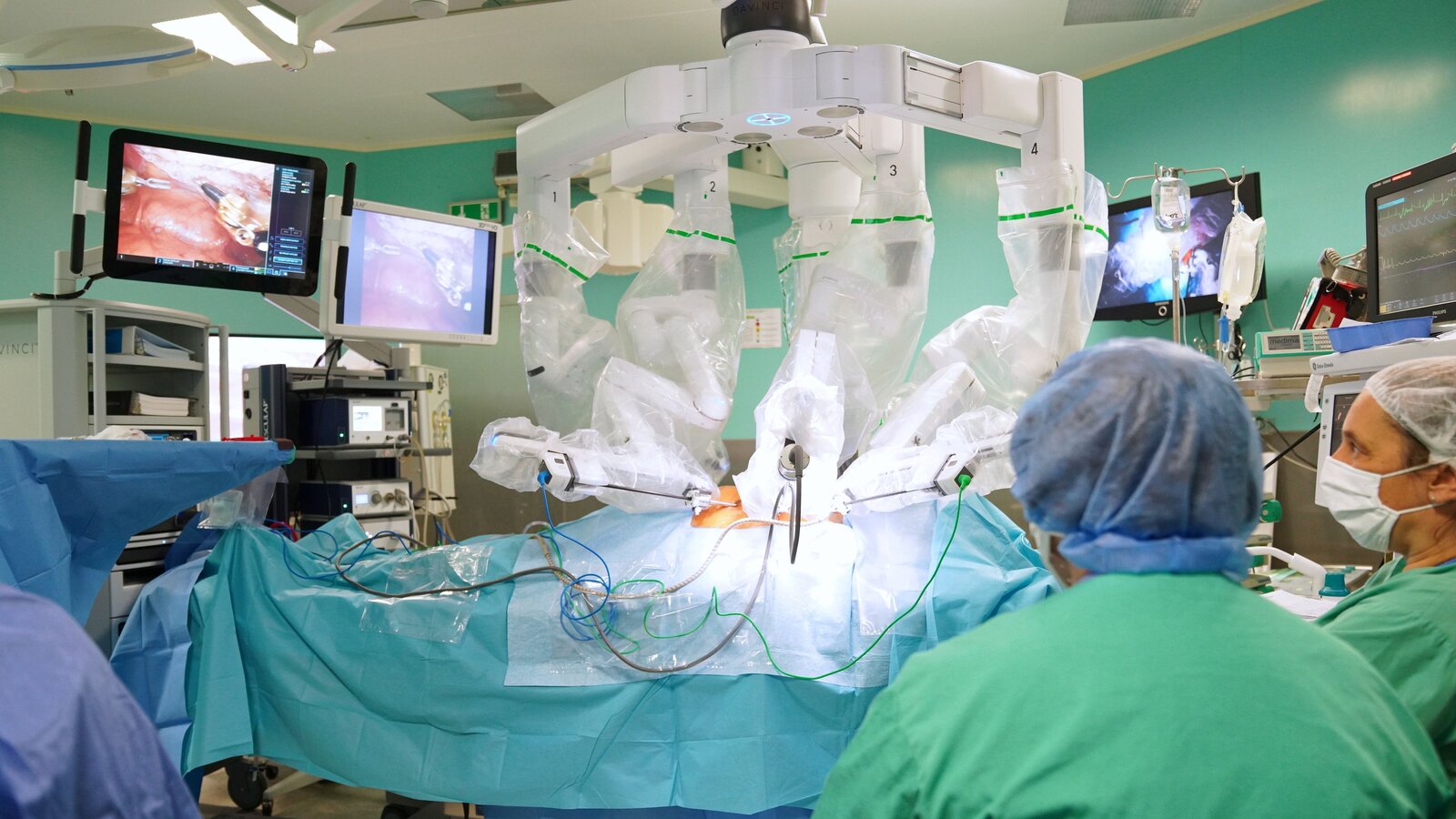Spinal Fusion Surgery in Al Mankhool
Search and Compare the Best Clinics and Doctors at the Lowest Prices for Spinal Fusion Surgery in Al Mankhool





































































































































No Time?
Tell us what you're looking for and we'll reach out to the top clinics all at once
What does a Spinal Fusion Surgery Procedure Involve?
The procedure is performed under general anesthetic, the surgery begins with an incision in your abdomen (anterior lumbar interbody fusion) or in your back directly over your spine (posterior fusion) to access your spine. Then, your doctor removes the joint or joints between the painful or damaged disks. After that, the vertebrae are fused together permanently and kept from moving pieces of bone from another part of your body or a bone bank (called a bone graft). Screws, rods, or metal plates may be used to help hold the vertebrae together.
How Long Should I Stay in Al Mankhool for a Spinal Fusion Surgery Procedure?
You are required to stay in the hospital for two to seven days following your spinal fusion surgery. You should aim to stay in Al Mankhool for about eight to ten more days for initial recovery, follow-up checkup, and for the stitches to be removed.
What's the Recovery Time for Spinal Fusion Surgery Procedures in Al Mankhool?
Recovery from spinal fusion surgery can take as long as six to twelve months. If your job is not physically demanding, you may be able to get back to work and some of your activities within 3-4 months, but make sure you consult your doctor about your recovery timeline to avoid any complications.
What sort of Aftercare is Required for Spinal Fusion Surgery Procedures in Al Mankhool?
For the first six months following the surgery, you need to avoid bending, twisting, and heavy lifting. You will have physical therapy where you will learn how to move, sit, stand, and walk properly. You will also need to attend follow-up appointments after six weeks, six months, a year, or two years following your surgery, but you can do this with your local doctor. After you recover, you will need to maintain a healthy lifestyle, such as having regular exercise and following a healthy diet.
What's the Success Rate of Spinal Fusion Surgery Procedures in Al Mankhool?
Spinal fusion surgery is generally safe and effective. Approximately 80% to 95% of people who have spinal fusion are satisfied with the result and about 70% said that their pain is significantly reduced. However, as with any surgery, there are some potential side effects and risks, such as bleeding, blood clots, poor wound healing, infection, injury to nerves or blood vessels in and around the spine, pseudoarthrosis, tissue rejection, and risk from anesthesia.
Are there Alternatives to Spinal Fusion Surgery Procedures in Al Mankhool?
There are some alternatives that you can consider, such as artificial disk replacement surgery, Intradiscal Electrothermal Therapy (IDET), and posterior dynamic stabilization. Make sure you discuss with your doctor the best options for you.
This information has been accurately sourced and verified by a medical professional for its accuracy, however, we strongly recommend you to consult with your doctor before pursuing medical procedures overseas.












